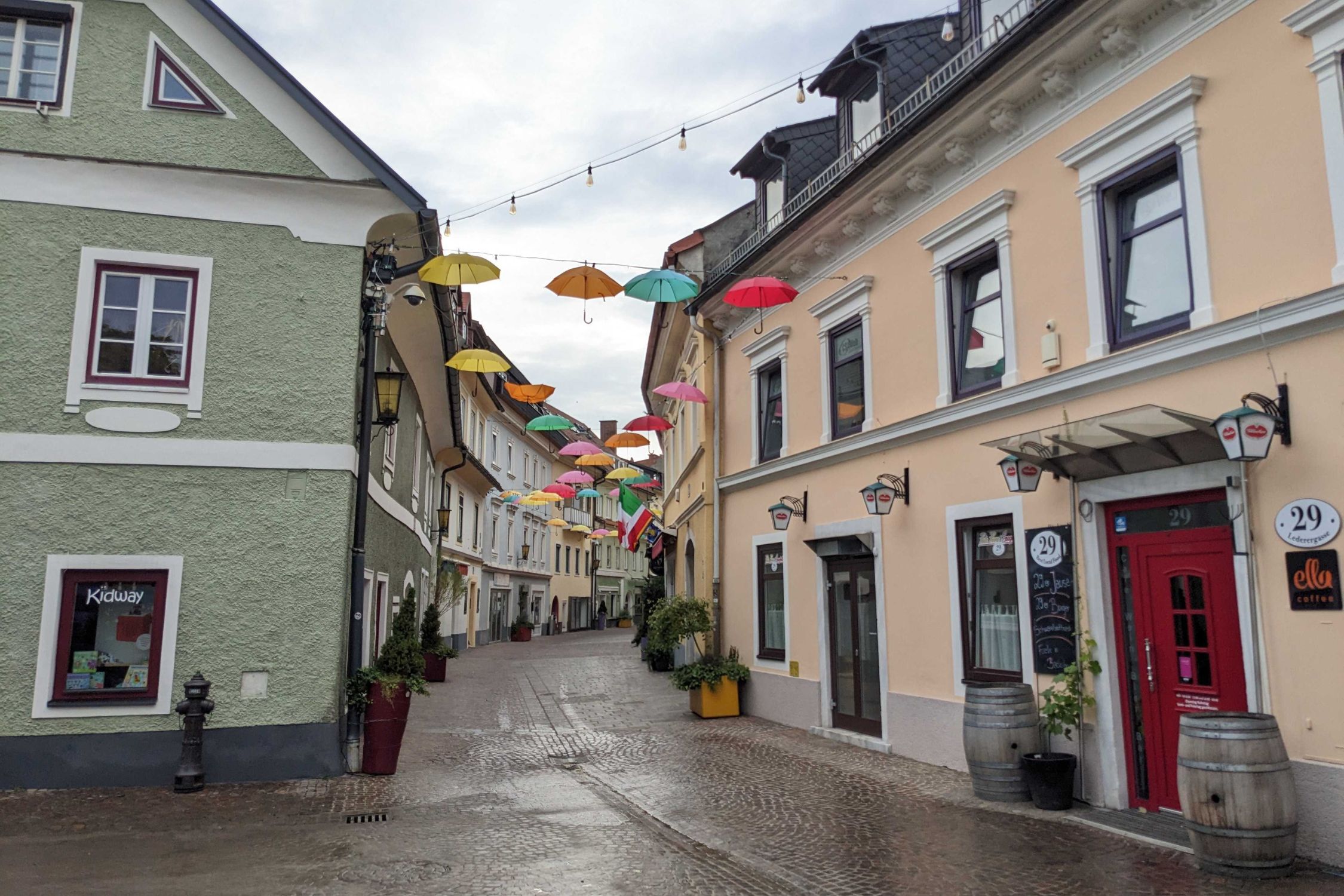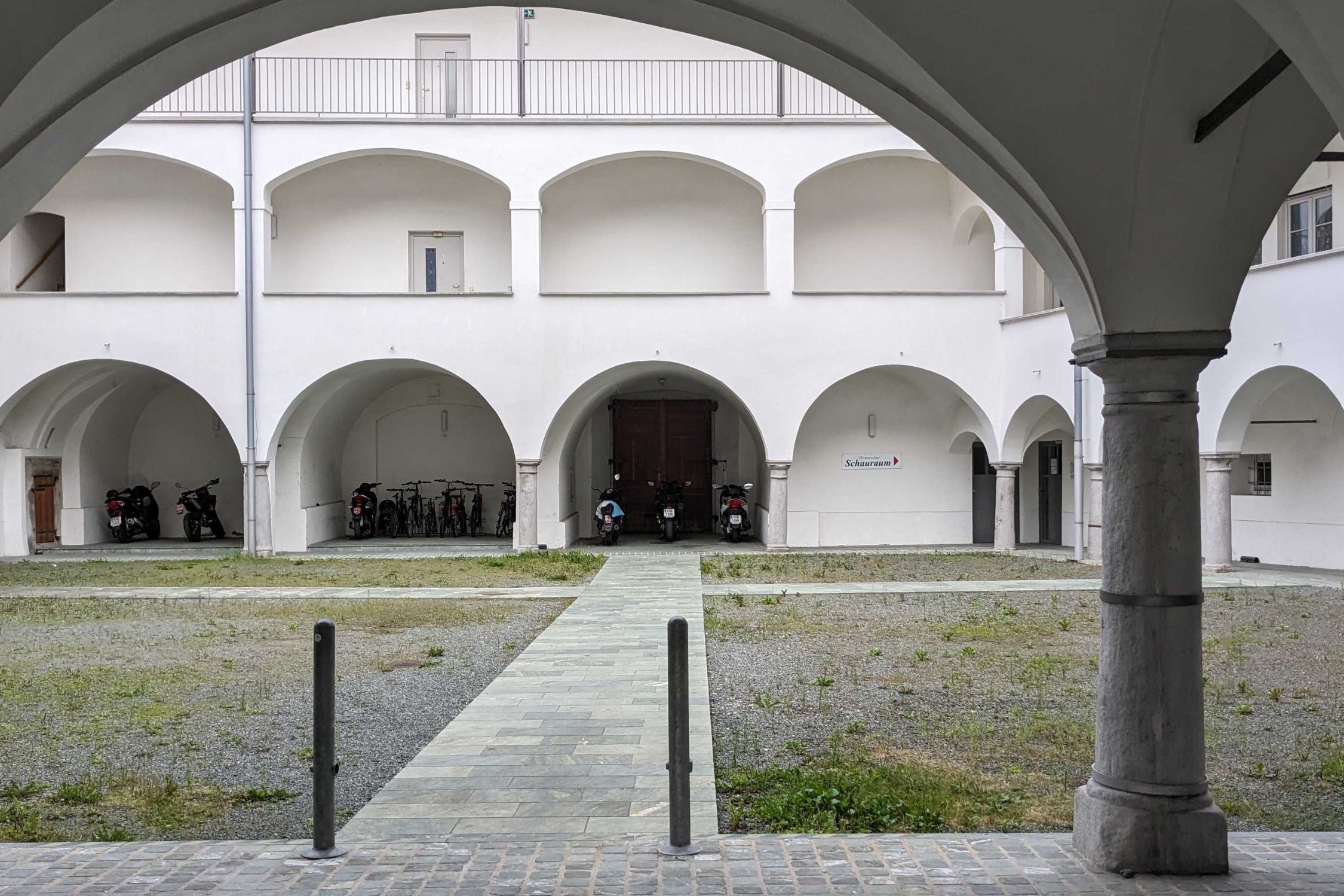TRINITY COLUMN
Right in the middle of the city center is the Trinity Column, a monument that dates back to 1739. The column is topped with statues of the Virgin Mary, Saint Florian (the patron saint of firefighters), and Saint Roch (protector against the plague).

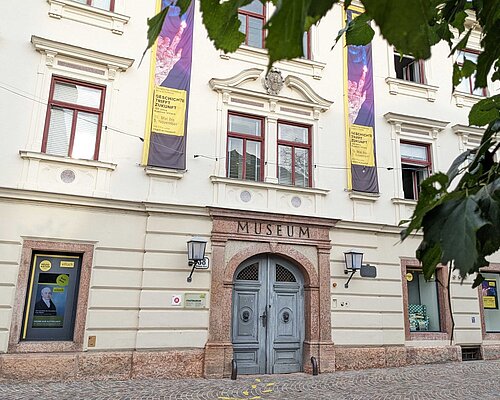
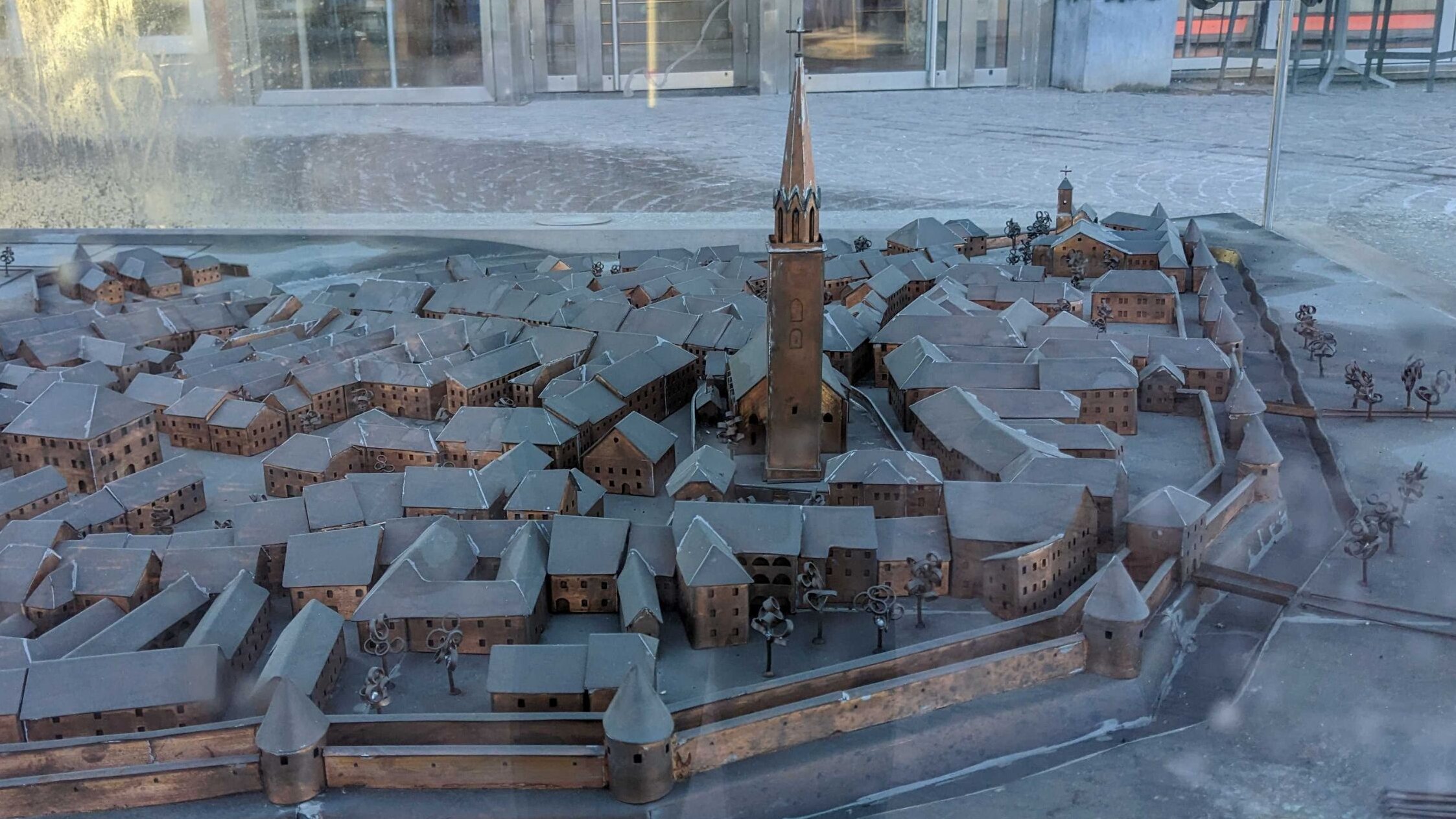
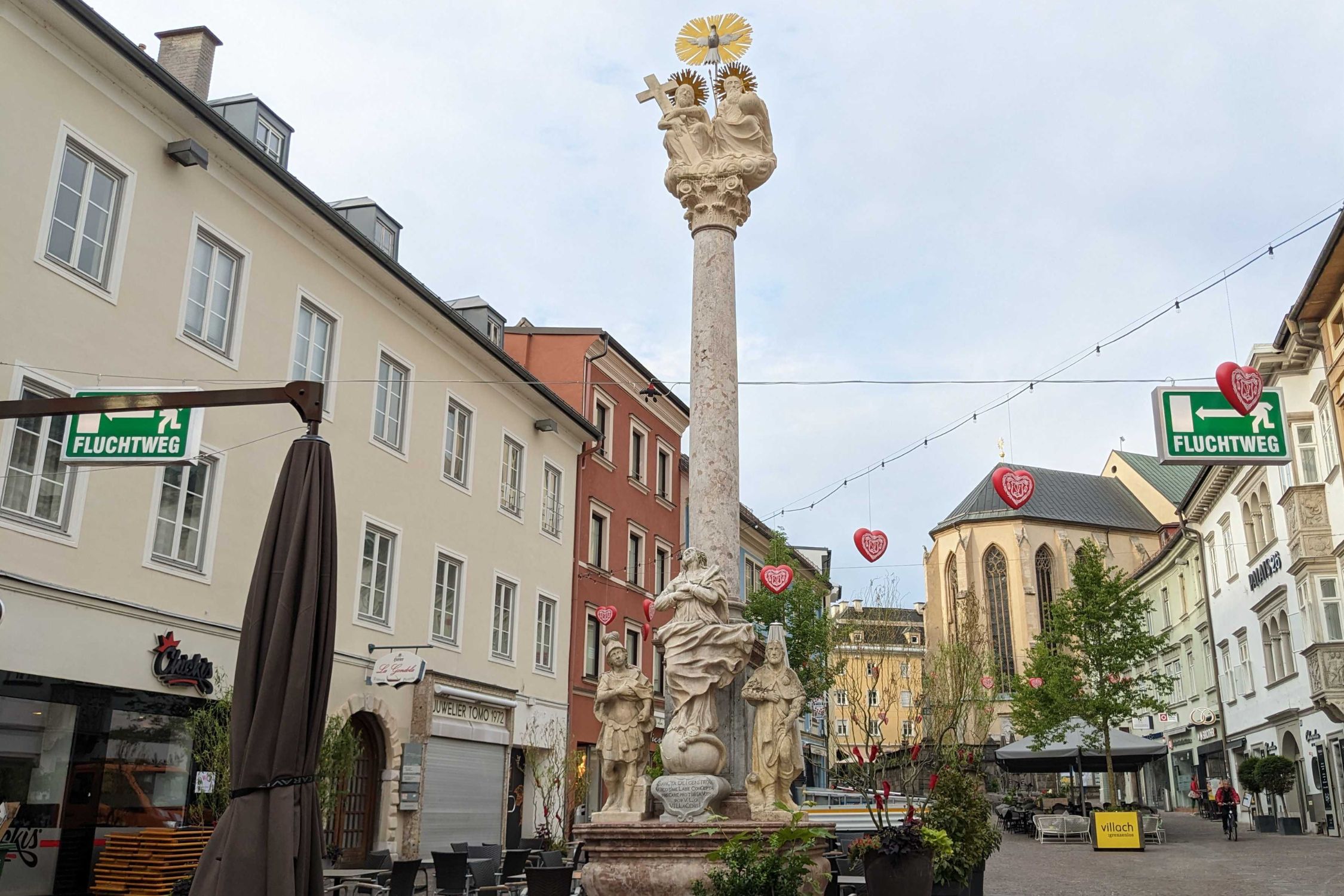
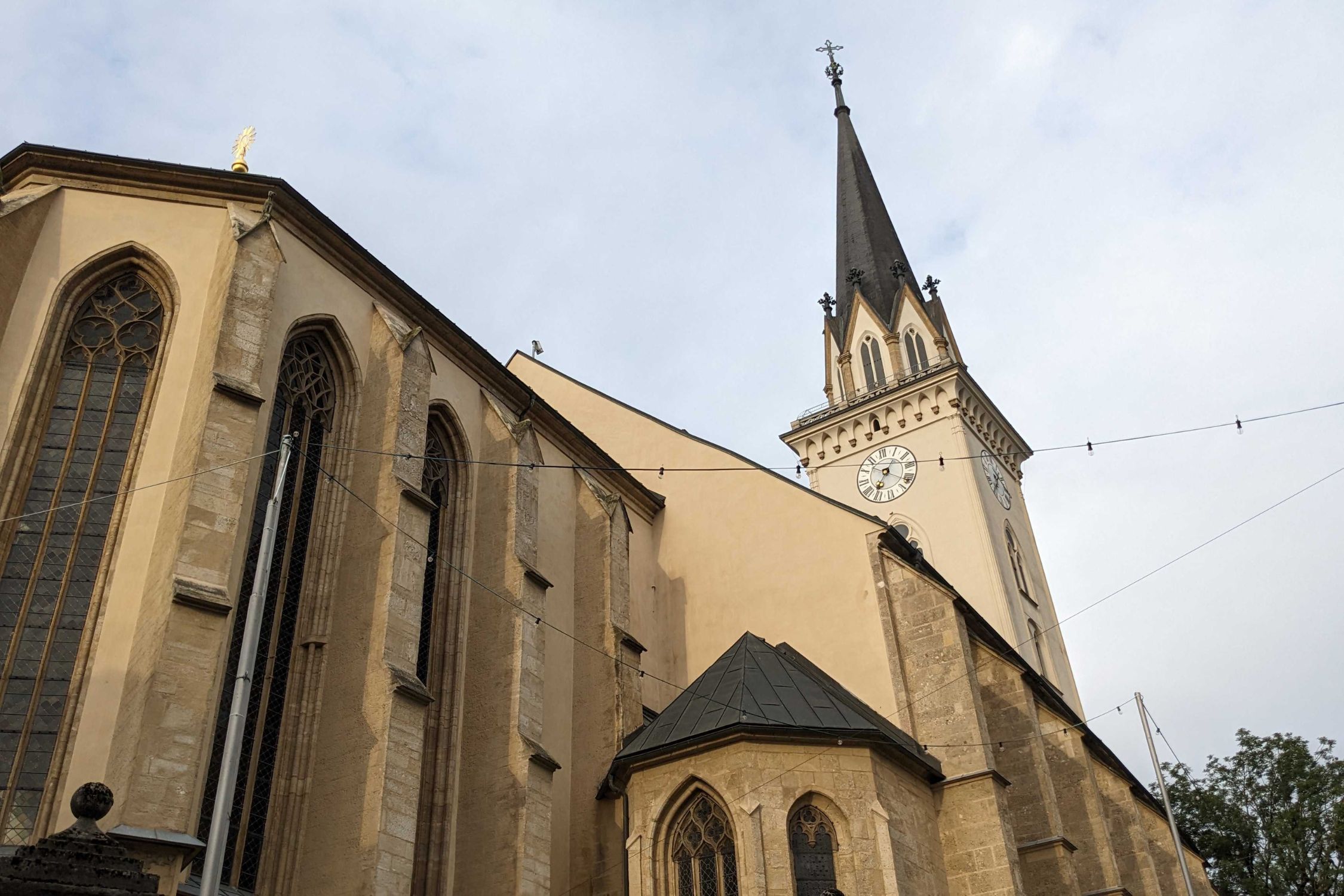
![[Translate to Englisch:] Hans-Gasser-Denkmal [Translate to Englisch:] Das Denkmal von Hans Gasser in Villach](/fileadmin/user_upload/hans-gasser-denkmal-c-digitallotsen.at.jpg)
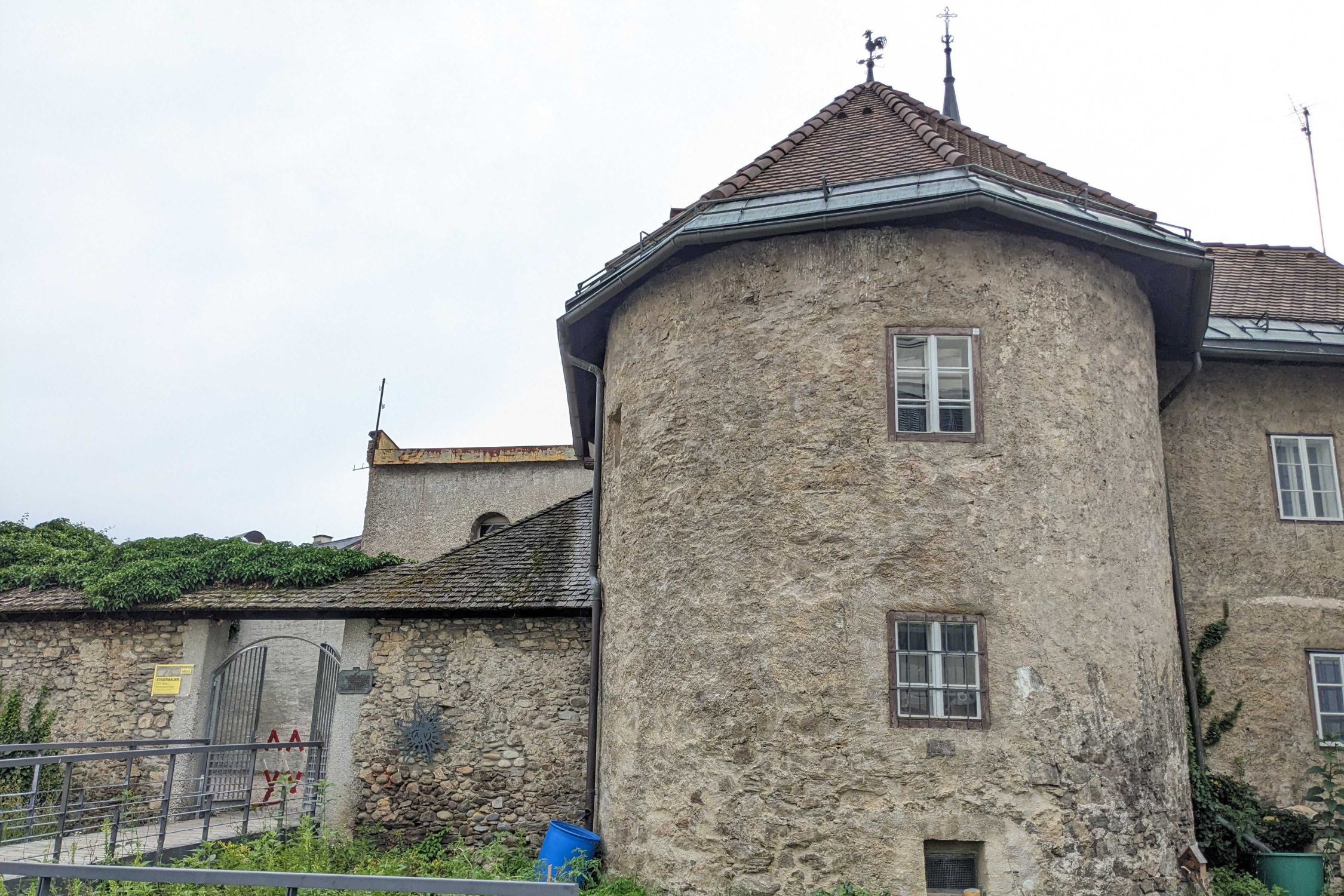
![[Translate to Englisch:] Die Widmanngasse in Villach [Translate to Englisch:] Dekorierte Widmanngasse](/fileadmin/user_upload/widmanngasse-villach-c-stefanie-kaiser.jpg)
